Nerve compression and neuralgia are conditions related to nerve damage or irritation that can cause significant discomfort and dysfunction. These conditions can manifest in various parts of the body, depending on which nerves are affected.
Nerve compression, also known as a pinched nerve, occurs when a nerve is squeezed or compacted, typically by surrounding tissues such as bones, cartilage, muscles, or tendons. This pressure disrupts the nerve’s function, leading to pain, tingling, numbness, or weakness along the path of the nerve.
Common sites of nerve compression include:
– Cervical spine (causing neck pain and radiating arm pain)
– Lumbar spine (leading to sciatica or low back pain radiating down the leg)
– Wrist, known as Carpal Tunnel Syndrome
– Elbow, known as the Cubital Tunnel Syndrome
Neuralgia refers to sharp, shocking pain that follows the path of a nerve and is typically due to damage or irritation of the nerve itself. Causes can include aging, infections (such as shingles in the case of postherpetic neuralgia), diabetes, multiple sclerosis, and trauma.
The pain from neuralgia is usually intense and may be triggered by even light stimulation of the area around the nerve.
Osteopathic Treatment for Nerve Compression and Neuralgia
For patients with nerve compression or neuralgia, osteopathic treatment aims to address both the symptoms and the root causes of their nerve issues. By improving body mechanics, enhancing circulation, and reducing nerve irritation, osteopathy can offer significant relief and contribute to long-term health improvements.
Integrating these osteopathic approaches can not only alleviate pain but also help patients return to a more normal, active lifestyle free from the limitations imposed by nerve-related conditions.
Osteopathic medicine provides a holistic approach to treatment that includes manual therapy, lifestyle adjustments, and guidance on diet and exercise. Here’s how osteopathy can help alleviate symptoms associated with nerve compression and neuralgia:
1. Manual Therapy
– Myofascial Release: Helps release tension in the fascia—connective tissue surrounding muscles, bones, and nerves—which can relieve pressure on compressed nerves.
– Soft Tissue Techniques: Focus on relaxing muscle tightness in areas that may contribute to nerve compression.
– Joint Mobilization: Aims to restore optimal alignment and movement of joints, reducing pressure on nerves.
2. Counterstrain Techniques
– These involve gentle repositioning of parts of the body to relieve stress and abnormal neuromuscular reflexes that might be irritating a nerve.
3. Cranial Osteopathy
– Particularly useful in treating neuralgias related to head and neck tension, this technique uses subtle movements to relieve pain and improve fluid dynamics around the central nervous system.
4. Lifestyle Modifications
– Recommendations on ergonomic adjustments to reduce strain during daily activities or while at work.
– Guidance on proper posture to help alleviate and prevent nerve pressure.
5. Exercise and Stretching
– Specific exercises to strengthen supporting muscles and improve posture can help relieve pressure on nerves.
– Stretching exercises designed to enhance flexibility and reduce tightness that can contribute to nerve compression.
6. Education and Self-Management Strategies
– Teaching patients about the underlying causes of their nerve issues and providing strategies to manage symptoms at home.
– Advice on nutrition that supports nerve health, possibly including B vitamins and anti-inflammatory foods.




0 comments